This is a sequel to:
In the upper body, there is an area similar to the 'kua'. Whereas the 'kua' indicates and embodies the energetic connection between the legs and torso, the zones above the left and right clavicle fulfil this in relation to the arms and torso. If we divide the 'kua' into a left and right half, a total of four zones arise where torso and limbs communicate with each other, in terms of movement and circulation, perception and protection.
You can get the practice of standing chi kung postures off to a flying start if these four zones are properly warmed up. There are plenty of ways to do this, some complex, and some simple. I prefer the simple approach. I described the warm up for the 'kua' in The Dynamics of Standing Still. Watch the video below of the hip circle exercise carefully and copy-paste it. Repeat the circle about 30 times. Little can go wrong. If you like the exercise, repeat as long as you like.
video will follow soon
And then a warm up for the two areas connecting arms to torso, which is also described in the same book. Watch the video below and then do the circular movement yourself for about 30 times. If it is enjoyable, repeat it as many times as you like.
video will follow soon
A simple exercise that de-rusts and frees up the 'kua' as well as the upper two zones is sixth ba duan jing. More on that in a future post.
Opening the four gates is borrowed from a classical acupuncture strategy. Before an acupuncturist could proceed specifically - focusing on symptoms and underlying energetic pattern - he would first treat the zones of the four gates. An introductory, generic method to already raise the overall condition a little and give the final treatment a good start.
Compare this to the situation inside a medieval town. It had to protect itself with high defensive walls, which had the disadvantage that stench and disease lingered in the narrow streets and alleys. To air through the dank atmosphere, on Monday mornings the gates were opened against each other for a while, for a fresh start to the week. It will not have been quite like that, but the analogy is certainly useful to understand the idea behind the four gates.
Between 1955 and 1965, Dutch diplomat Robert van Gulik wrote a series of graphic novels about the adventures of Judge Dee. Judge Dee was a historical figure who lived in the Tang Dynasty, both magistrate, judge and police detective. The book The Chinese Bell Murders features this map of the town of Kao-Yang. Besides two water gates, there is a town gate in each wind direction.
Besides representing the connection between the torso and each of the limbs, the four gates are also involved in how gravity acts on the body. The Chinese medical and martial tradition recognises a specific conduction pathway involved in that process: 'zu yang ming jing' (yang ming meridian of the foot, also called the stomach meridian). In the image below, this pathway is drawn in yellow.
If this guideway had a perfectly straight vertical course, gravity would drain downwards without resistance, like rainwater in a drainpipe. However, the course has a number of bends, which slow down the process, at least regulate it.
For us, the bends there at the level of the shoulders and at the level of the groin are relevant. The acupuncture point in the upper bend is called 'que pen' (stomach12), in the lower bend 'chi chong' (stomach20). Read also Kua #1. Both are intersections of several meridians - so there is busy energetic traffic. Near the four points are important blood vessels and lymph nodes.
If the road is perfectly straight, traffic flows smoothly. At the level of right-angled curves, delays are bound to occur. The rationale behind the four gates strategy is to resolve possible tension, stress and congestion in the four zones or - even more precisely - four points as much as possible. In doing so, we use a remote control - namely in the feet and hands.
Now for the practical application of this insight within chi kung. To influence the area around 'que pen', the area between the index finger and thumb is opened optimally. In the centre of this area lies the 'he gu' point. Through 'he gu', space is given to the entire transition zone between torso and arm. Read about this in detail in The Dynamics of Standing Still.
To open 'he ge' optimally, first of all open the whole hand. The web between index finger and thumb is then stretched. From that stretch, bend the last phalanges, as if holding a balloon. Stretching and flexion are thus combinded in one gesture.
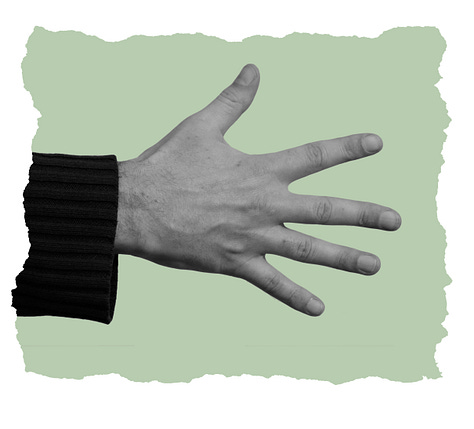
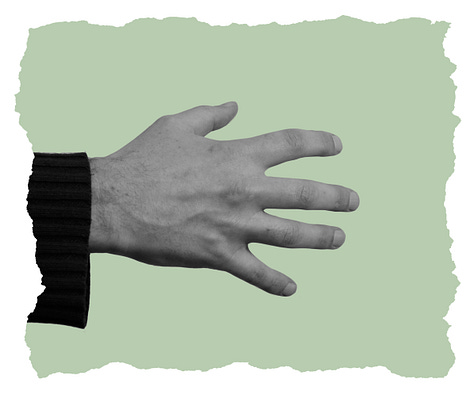
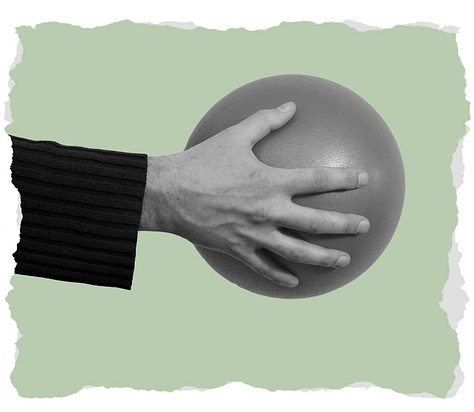
The area of 'chi chong can be influenced by means of 'tai chong', which is located in the web between the big toe and the second toe. Read about the relationship between these two zones in Kua #1. Activating 'tai chong' to give space to the 'kua' usually does not happen visibly, due to wearing socks and shoes. It is also much more difficult to spread the big toe in the same way as the thumb. It is therefore enough to practise chi kung as often as possible without shoes - barefoot or with socks only. And when practising outside, make sure your shoes are roomy enough to give your big toes enough freedom. The upright pressure on the foot during chi kung practice will cause the small foot muscles that align the big toe to become harmonised.
At birth, the big toes are separate from the other toes. This is their natural position. When children can freely play and walk without shoes, this situation is perpetuated. Below you can see the footprint of a newborn and one at the age of 10. Next to it is the foot of an adult, where the big toe has retained its original position.
Soon a post on additional dao yin exercises for 'tai chong' and the ball of the big toe.
Study the six pictures below of the wu chi pose. Do you recognise the conduction of gravity and the four gates? Do you see the optimal space between thumb and index finger? And maybe also the freedom of the big toe and grounding through the ball of the big toe? Can you incorporate the idea of the four gates into your practice of the wu chi posture and other chi kung postures?
To be continued ...




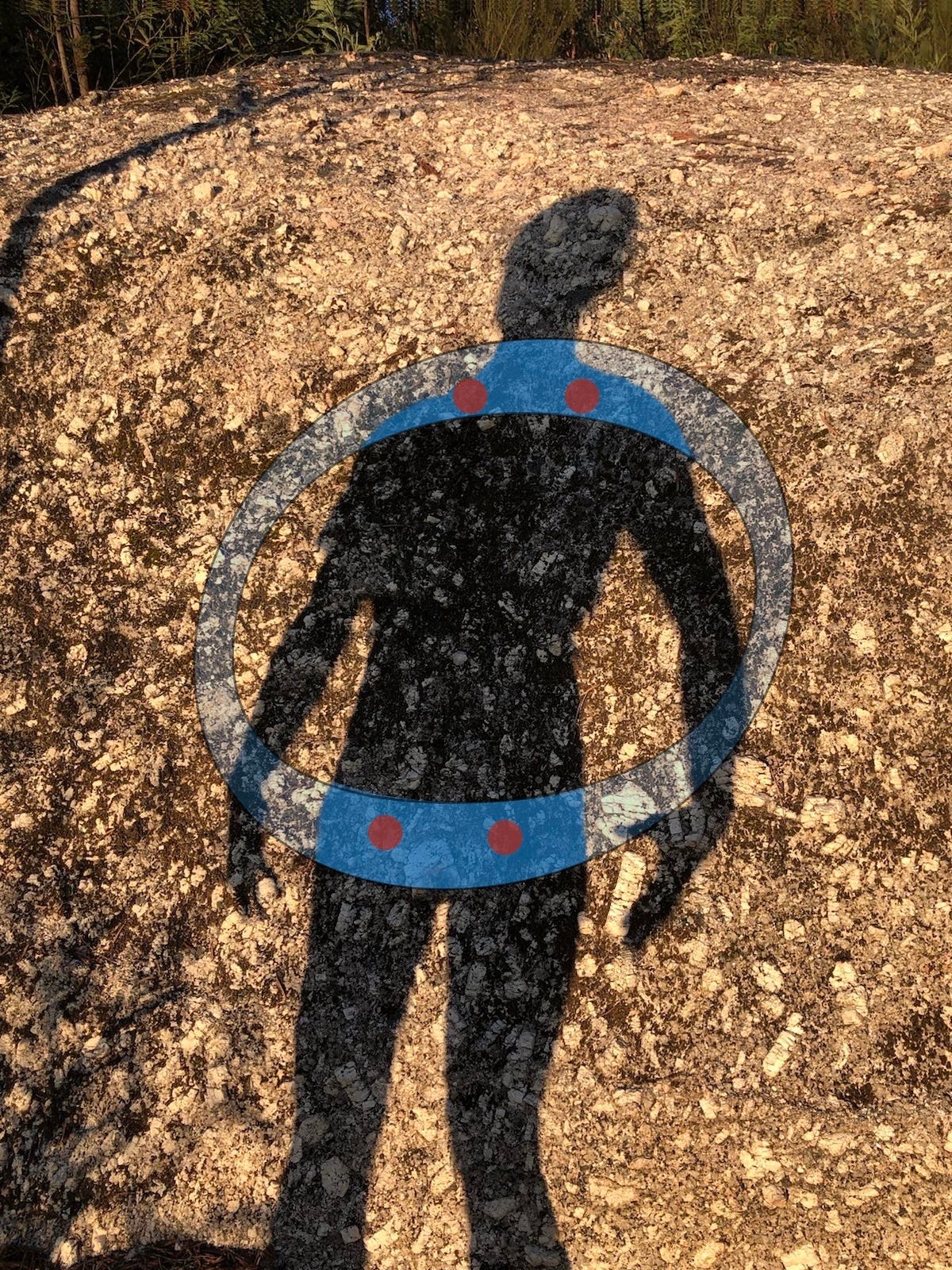

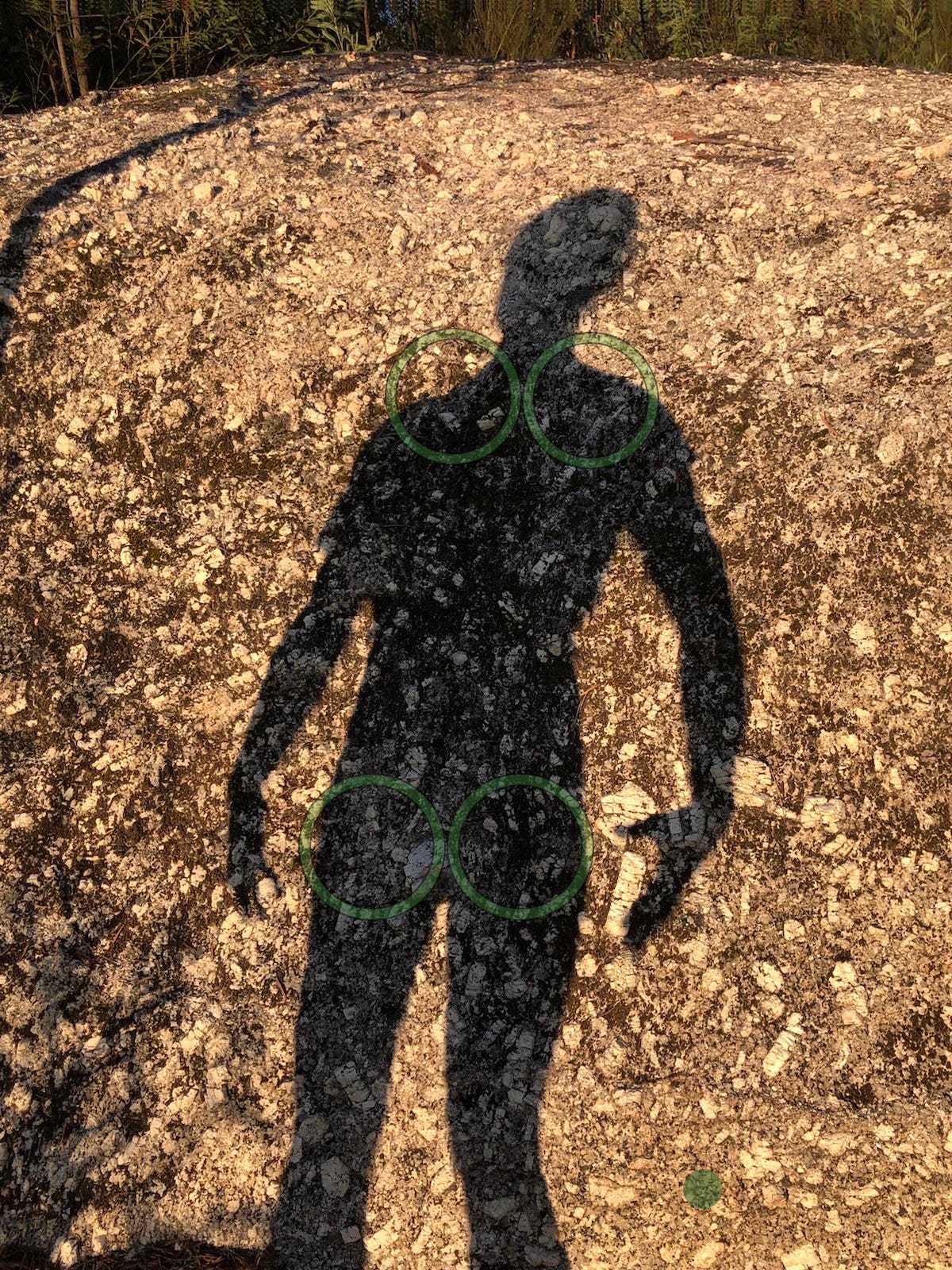

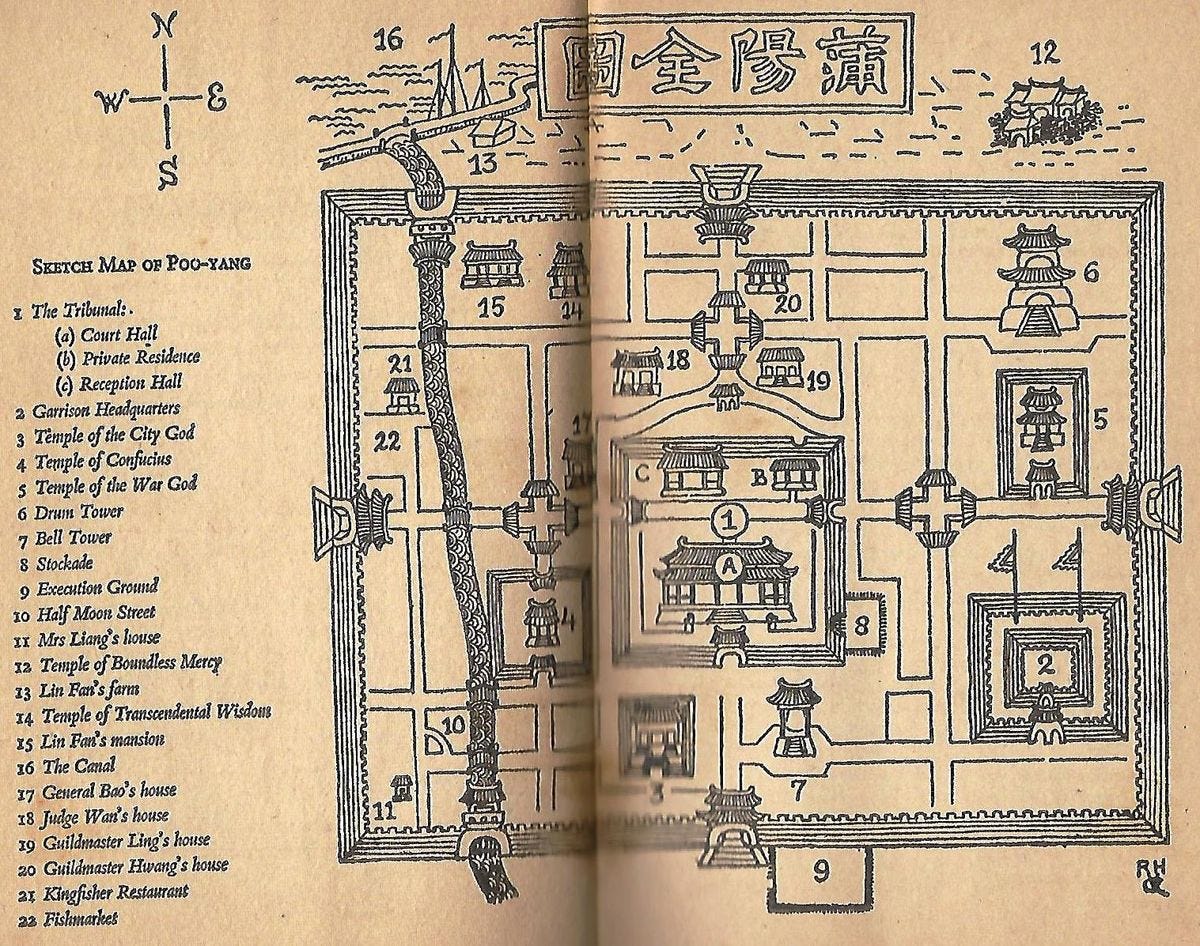
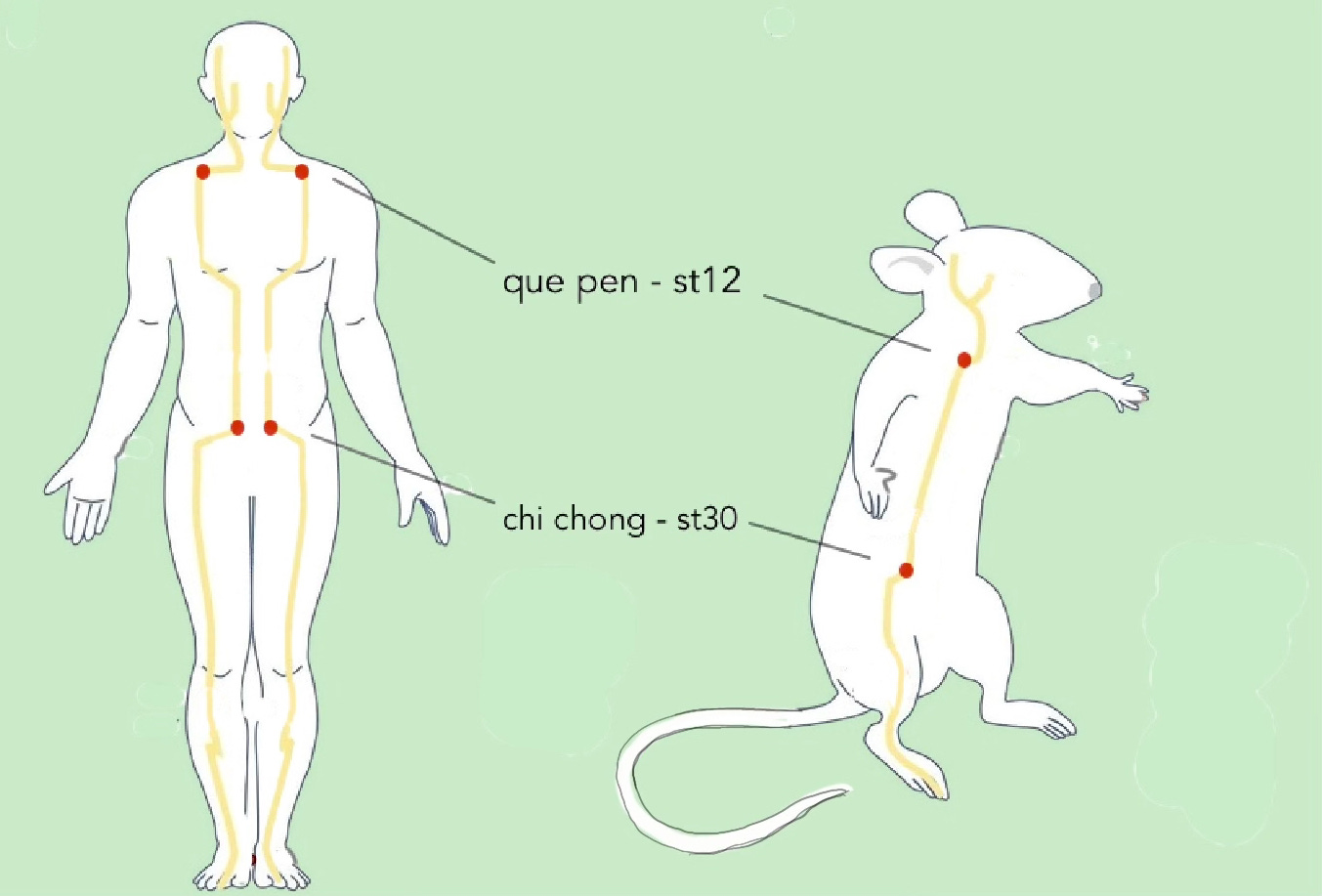
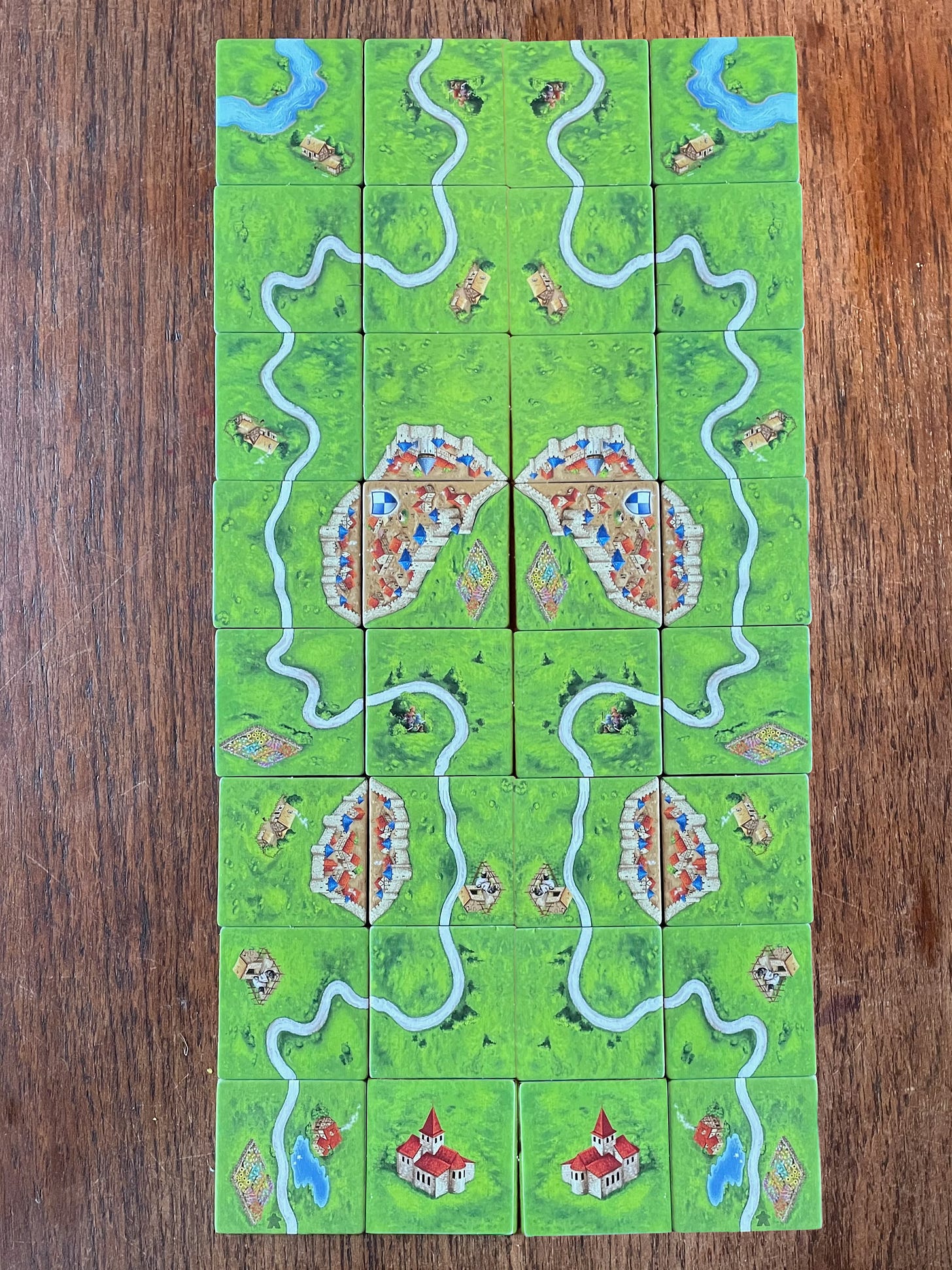
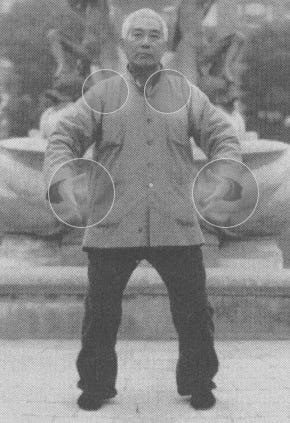
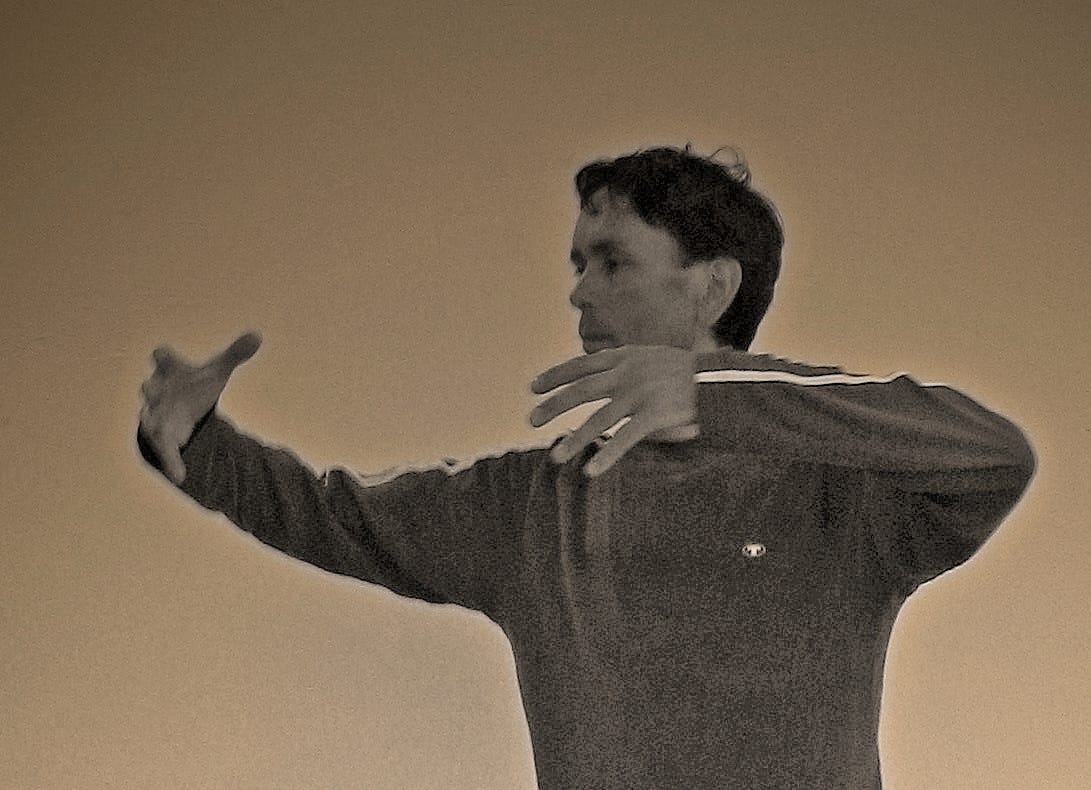
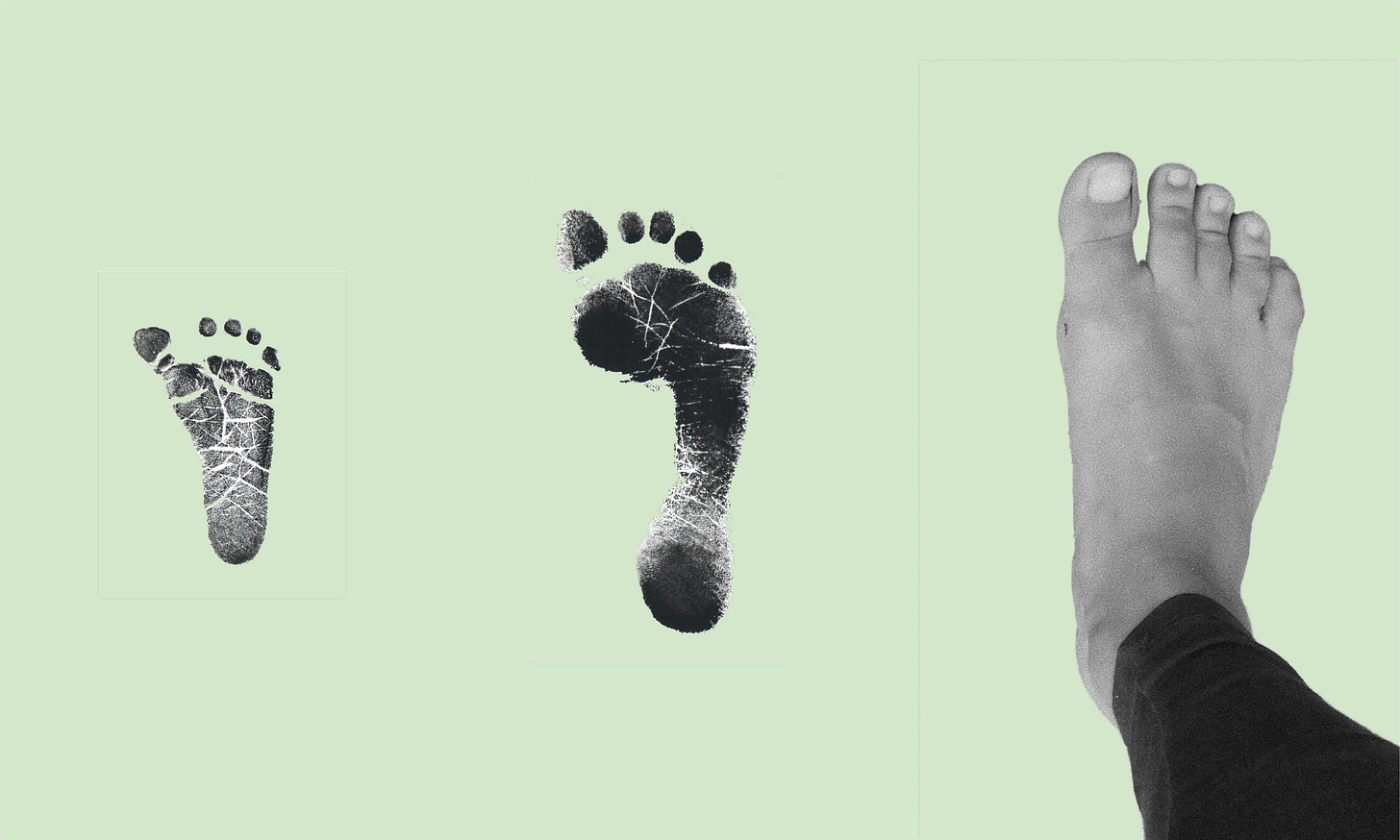
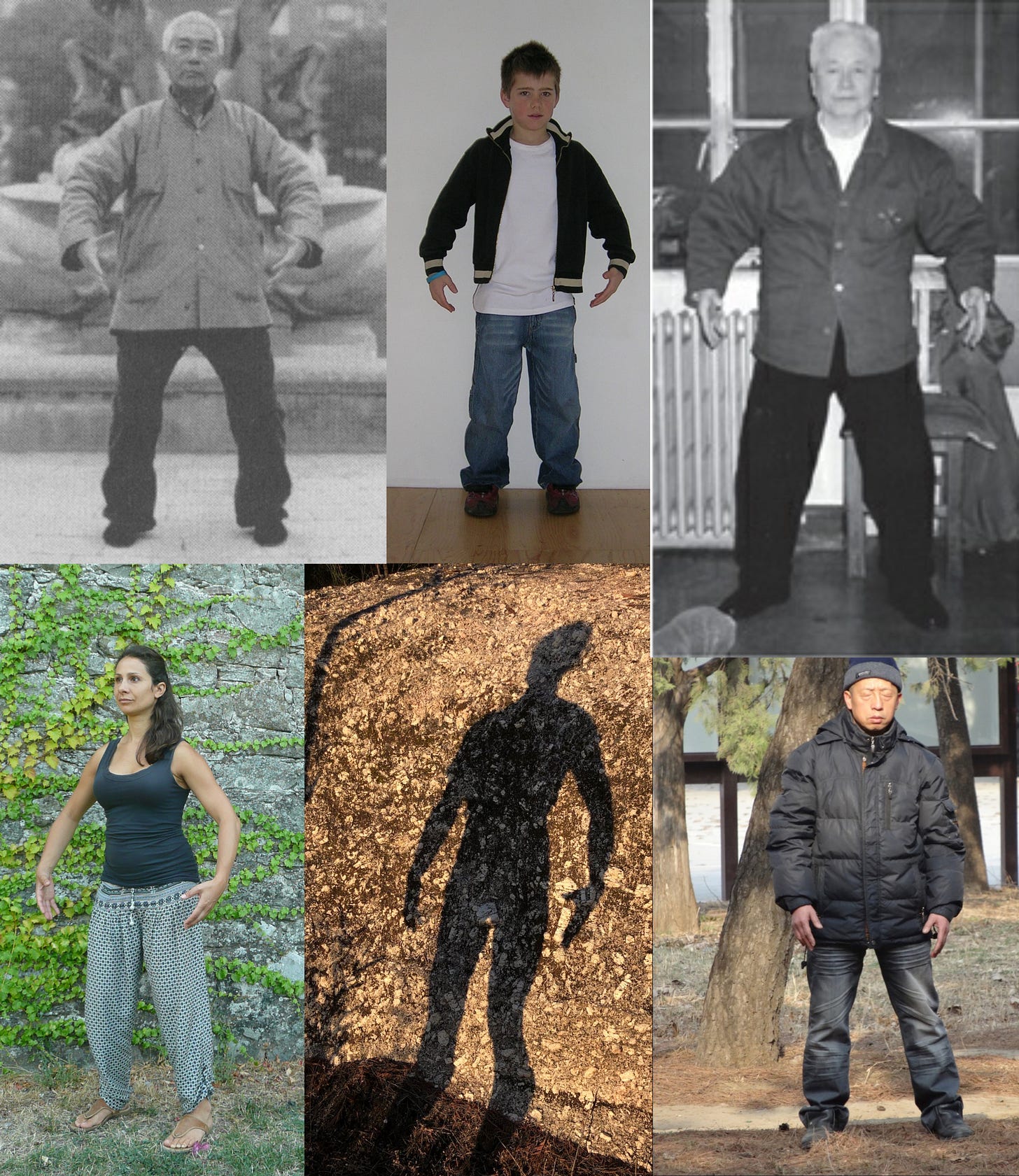
I can’t find a copy of your book the Dynamics of Standing Still. New or used. Live in New Mexico USA. Ideas?